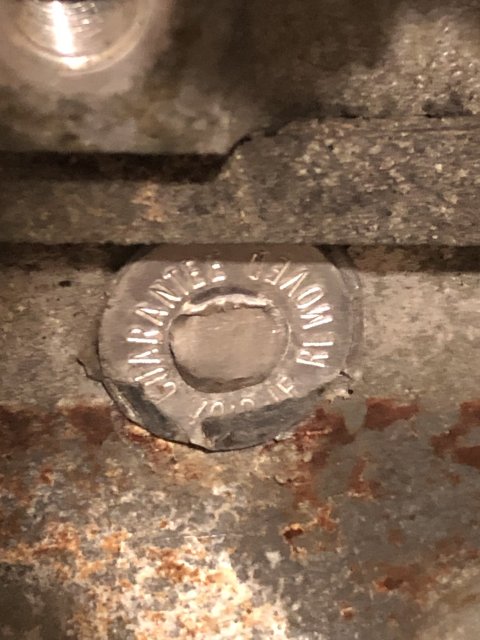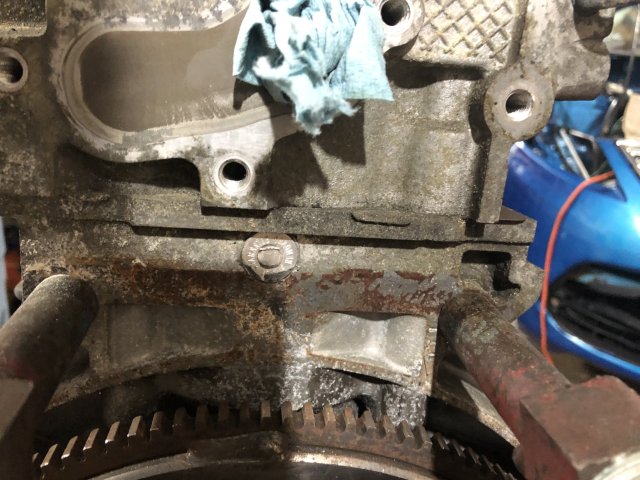- Messages
- 14
- Likes
- 5
- City
- Charlevoix
- State
- MI
- Country
- United States
- What I Drive
- 2013 Ford Fiesta
My friend has a 2013 Fiesta, 1.6 automatic. Pretty sure the head gasket let loose today. No coolant in oil, but the act of cranking the engine blows coolant from the reservoir. And of course it won’t start. It may have been going on longer than this, as one of the lines to the reservoir kept developing leaks and she’s had to keep adding coolant. Thought it was fine a few days ago when I patched the line. New line has already been on order. Another guy looked at it today and said the water pump is seized up. She just had a shop put on a new serpentine belt a week ago, after she said there was a chirping sound. You would think they would have noticed.
Edit: It’s now in my yard so I can work on it whenever. Compression starting from belt side is 120, 94, 58, 118. Head gasket between middle two cylinders.
Anyway, rather than do the water pump and timing set, and find out the head is possibly warped or cracked… I’m thinking it would be better to drop in a good used engine for $350, and change the water pump and timing set while it’s out for good measure. And least get her going in the least amount of downtime.
Is there anything else that is a common problem item, which would be better replaced while the engine is out?
Also, I watched a YouTube video on engine removal, and had a couple questions for anyone who has done it.
1. Does the hood need to come off, or is it just more convenient that way? Looks like a good way to put it through the windshield if I’m not careful.
2. Does the steering knuckle need to be disconnected for the axle support to be removed? Or again, is it just more convenient that way? Looks like a good way to inadvertently overextend the axle.
I’ve done 3 engine swaps, but always with late 80s GM FWD cars. This is my first experience with one of these cars. Engine wise anyway. Last winter I replaced the Fiesta rear wheel bearings and the front balljoints/control arms.
Edit: It’s now in my yard so I can work on it whenever. Compression starting from belt side is 120, 94, 58, 118. Head gasket between middle two cylinders.
Anyway, rather than do the water pump and timing set, and find out the head is possibly warped or cracked… I’m thinking it would be better to drop in a good used engine for $350, and change the water pump and timing set while it’s out for good measure. And least get her going in the least amount of downtime.
Is there anything else that is a common problem item, which would be better replaced while the engine is out?
Also, I watched a YouTube video on engine removal, and had a couple questions for anyone who has done it.
1. Does the hood need to come off, or is it just more convenient that way? Looks like a good way to put it through the windshield if I’m not careful.
2. Does the steering knuckle need to be disconnected for the axle support to be removed? Or again, is it just more convenient that way? Looks like a good way to inadvertently overextend the axle.
I’ve done 3 engine swaps, but always with late 80s GM FWD cars. This is my first experience with one of these cars. Engine wise anyway. Last winter I replaced the Fiesta rear wheel bearings and the front balljoints/control arms.
Last edited:

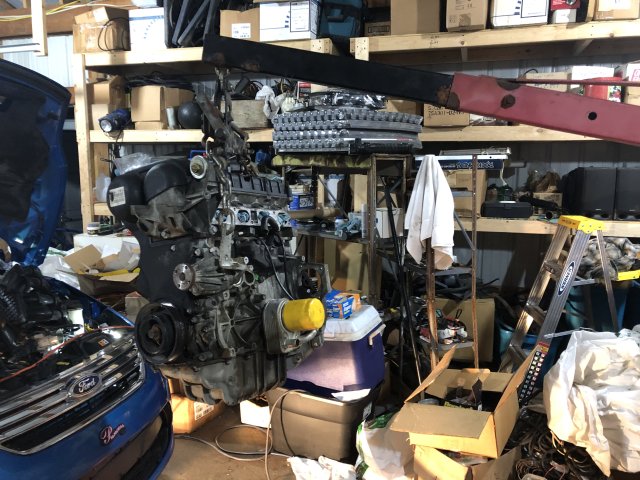
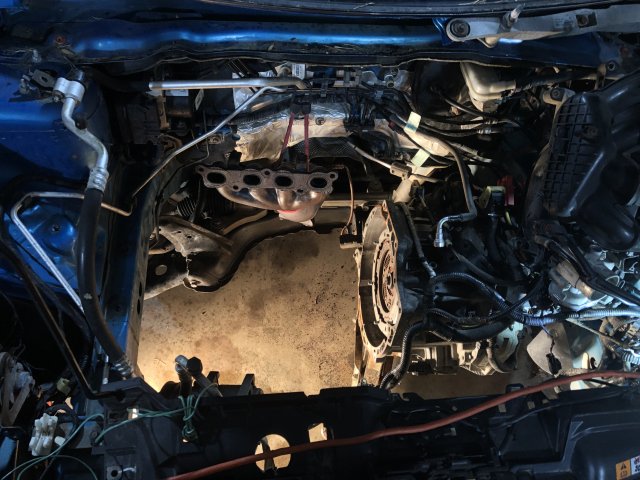
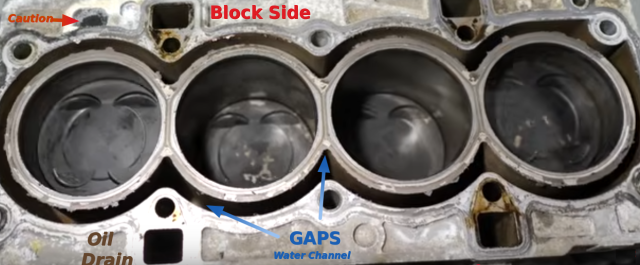

![Really Confused [???:)] [???:)]](/images/smilies/confused.gif)
